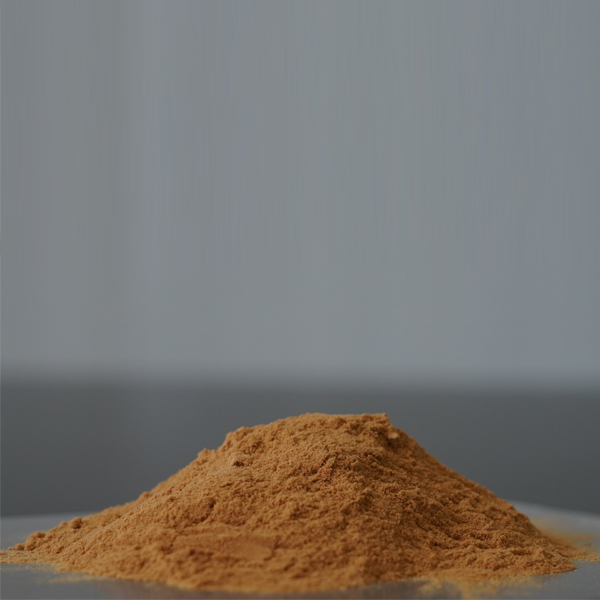
News
Ное . 10, 2024 07:54 Back to list
Effective Chelating Agents in Dental Applications for Enhanced Treatment Outcomes
Understanding Chelating Agents in Dentistry An Overview
In the field of dentistry, the management of oral health goes beyond mere cleaning and restorative procedures. One significant aspect that has gained attention in recent years is the role of chelating agents. These compounds are not only fundamental in various medical and environmental applications but also play a crucial role in dental treatments, especially concerning metal ion interactions. This article delves into the importance of chelating agents in dentistry, their applications, and the mechanisms underlying their effectiveness.
What Are Chelating Agents?
Chelating agents are compounds that can form multiple bonds with a single metal ion. This property allows them to trap the metal ions within their structure, creating a stable complex. Common chelating agents include EDTA (ethylenediaminetetraacetic acid), citric acid, and various amino acids. In the dental context, these agents are primarily used to manage the presence of heavy metals and toxic elements, such as lead, mercury, and cadmium, which can accumulate in dental materials or biological substrates.
Applications in Dentistry
1. Endodontic Treatments One of the most prominent uses of chelating agents in dentistry is in endodontics, particularly during root canal procedures. EDTA, for instance, helps in the removal of the smear layer— a thin layer of debris that forms during tooth preparation. By using EDTA, dentists can enhance the quality of root canal cleaning, allowing for better disinfection and filling of the root canals. This ultimately contributes to improved treatment outcomes and long-term success.
2. Periodontal Therapy Chelating agents are also applied in periodontal treatments. They can assist in decontaminating root surfaces, removing calculus, and facilitating healing in periodontal diseases. By using these agents, dental professionals can enhance the efficacy of non-surgical periodontal therapies, helping to manage conditions such as gingivitis and periodontitis more effectively.
chelating agent dental

3. Metal Ion Control Some dental materials, particularly those used in restorative procedures, may leach metal ions over time. This migration can lead to toxic buildup in the oral cavity. Chelating agents can be incorporated into these materials to minimize metal release, enhancing the biocompatibility and safety of dental restorations. Furthermore, they can be utilized in patients with metal allergies or sensitivities, providing a safer alternative for dental care.
4. Preventive Dentistry In preventive care, chelating agents can assist in the remineralization of enamel by delivering essential minerals, such as calcium and phosphate, while simultaneously sequestering harmful metals. This dual action promotes oral health by not only strengthening enamel but also reducing the risk of potential toxicity from heavy metals.
Mechanisms of Action
The mechanism through which chelating agents function involves their ability to bind metal ions and prevent them from interacting with biological systems. By forming stable complexes with toxic metals, they facilitate their excretion from the body through natural physiological pathways. This bio-removal process is crucial in reducing the overall metal burden in dental materials and enhancing patient safety.
Conclusion
Chelating agents have emerged as vital tools in modern dentistry, offering a range of applications from improving endodontic procedures to enhancing the safety of dental restorations. Their ability to bind and remove toxic metals not only aids in therapeutic outcomes but also plays a significant role in preventive dentistry. As research continues to evolve, the integration of chelating agents into dental practice is expected to expand, providing dentists with effective means to enhance patient care and oral health. Ultimately, the use of chelating agents represents a progressive step towards more comprehensive and patient-centered dental treatments, ensuring that oral health remains prioritized while minimizing the risks associated with metal toxicity.
-
Polyaspartic Acid Salts in Agricultural Fertilizers: A Sustainable Solution
NewsJul.21,2025
-
OEM Chelating Agent Preservative Supplier & Manufacturer High-Quality Customized Solutions
NewsJul.08,2025
-
OEM Potassium Chelating Agent Manufacturer - Custom Potassium Oxalate & Citrate Solutions
NewsJul.08,2025
-
OEM Pentasodium DTPA Chelating Agent Supplier & Manufacturer High Purity & Cost-Effective Solutions
NewsJul.08,2025
-
High-Efficiency Chelated Trace Elements Fertilizer Bulk Supplier & Manufacturer Quotes
NewsJul.07,2025
-
High Quality K Formation for a Chelating Agent – Reliable Manufacturer & Supplier
NewsJul.07,2025
